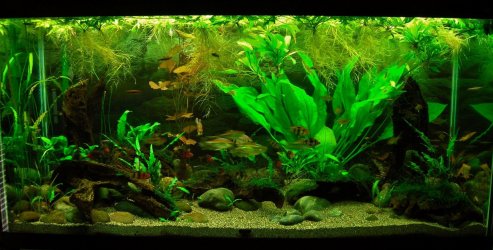NearMeBettas
Fishaholic
Ya, I would change it. Loaches prefer sand anyway. Crypt, amazon sword, frogbite, duckweed, hornwort, water weed, java fern, java moss, dwarf tiger lotus, and subwassertang are all easy.The zebra loach i have is the botia histrionica. Thanks for your tips. the gravel i have right know is like the colorful stuff (leftover from past tanks) should i change to sand if i plan to get plants? also need to know what type of plants are super easy to keep alive



